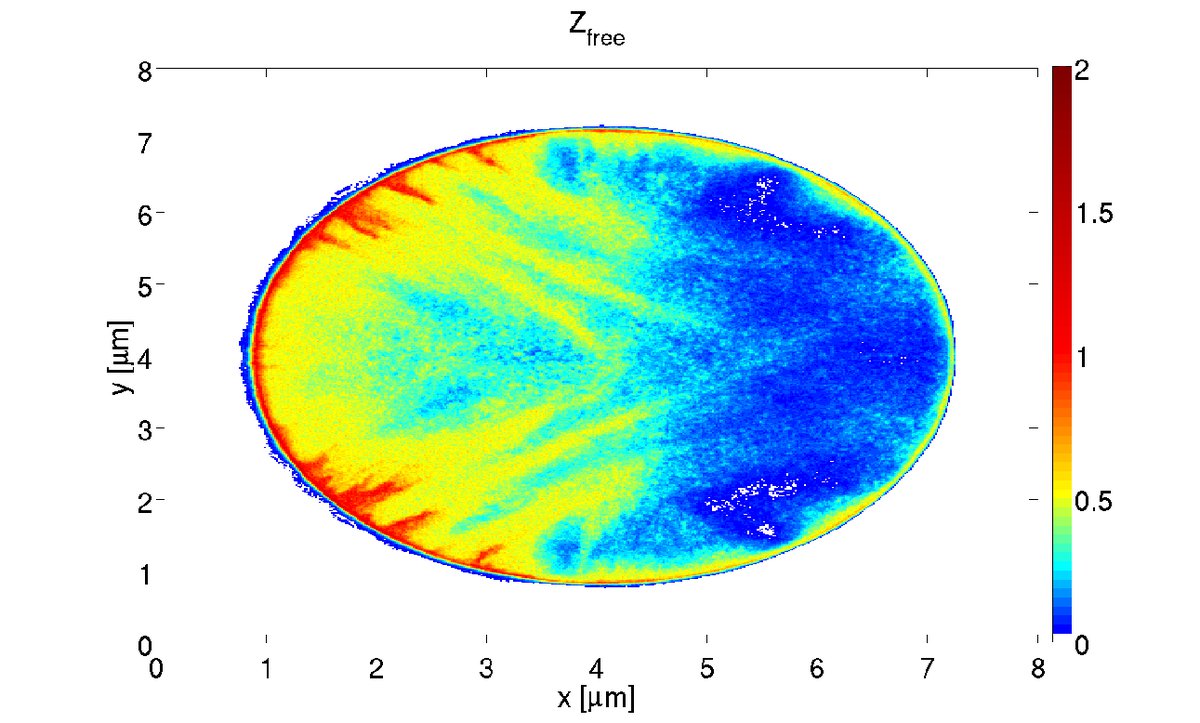Interaction of correlated matter with intense radiation
Overview
All states of matter can be classified in a phase diagram with respect to their density and temperature. There are „solid states“ and „liquids“ – condensed matter – as well as „gases“ and „plasmas“. Each of these states requires specific experimental and theoretical methods for its physical description. The rather new term „warm dense matter“ (WDM) characterizes a region in the phase diagram with densities too high for a proper description by plasma models and – on the other hand – with high energy densities so that condensed matter models become inaccurate. The densities range from 0.01 to 100 times typical solid state densities. The temperatures are in a range from 5000 to 100,000 K. The high energy densities lead to pressures up to the megabar range.
In nature, warm dense matter occurs in massive celestial bodies like stars and giant planets. Investigations in laboratories are possible only in dynamical experiments; warme dense matter states can be created in the interaction of condensed matter with intense laser radiation or ion beams, for instance. A possible technical application could be inertial confinement fusion.
The diagnostics of such states requires short-wavelength radiation sources with high brilliance, only such radiation can penetrate the dense matter. Radiation sources with such high brilliance are, e.g., free electron lasers in Hamburg (FLASH, XFEL) and in Stanford (LCLS).
Our contribution
In our goup, we are working on the theoretical description of the interaction of matter with intense laser radiation under both aspects: the creation of warm dense matter as well as its diagnostic. There is a close cooperation with experimental groups at Lawrence Livermore National Laboratory (USA), DESY Hamburg, Friedrich Schiller University Jena, Oxford University, and GSI Darmstadt working together in experimental campaigns at FELs like FLASH und XFEL (DESY Hamburg) and LCLS (SLAC in Stanford/USA).
The experiments are pump-probe experiments: first, warm dense matter is created by optical lasers (wave length in the visible range), afterwards, with a defined delay time a brilliant short-wavelength pulse of the FEL probes the sample. Variation of the delay time allows to investigate the dynamical behavior, e.g. the relaxation of the system after the excitation. Modelling light-matter interaction on ultra-short time scales (from femtoseconds to picoseconds), our group is involved in the preparation of such experiments as well as in the evaluation of the results.
Particularly, computer simulations are applied like Particle-in-Cell simulations for the dynamics of laser-matter interaction in the fs-range or radiation-hydrodynamic simulations for the probe phase and the further evolution of the target in the range of pico- or nanoseconds after the excitation. For this purpose, also supercomputers of the North-German Supercomputing Alliance (HLRN) are used.
The experimental scattering signal gives access to the properties of matter under extreme conditions: thermodynamic parameters like temperature and density of the plasma but also dynamic properties. Due to the high density, correlations between the particles are important. For the analysis of the scattering signal, methods of many-particle theory are used and further developed, e.g., to calculate the dynamic structure factor. Synthetic spectra are calculated for plasma parameters following from simulations and compared with the experimental ones. This allows also to check theoretical methods and assumptions. Thus we get new insights into the creation and the ultra-short time dynamics of warm dense matter.

